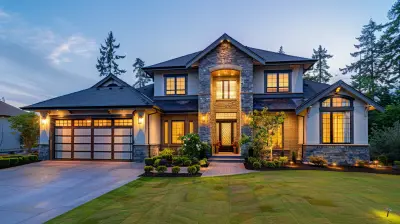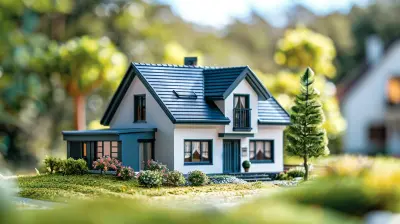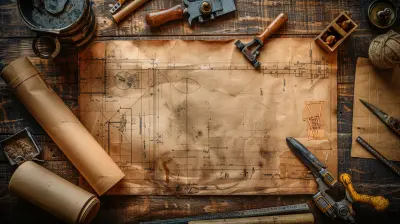How to Estimate Renovation Costs for a Successful Flip
21 August 2025
Alright, let’s get real for a second. Flipping houses might look like a glamorous side hustle where you strut into a decrepit house, wave a magic budget wand, and—poof—you’re rolling in cash. But anyone who’s actually done it will tell you: the real magic lies in running the numbers. And when it comes to flipping, estimating renovation costs is where the game is won or lost.
If you overshoot your budget, you could end up breaking even—or worse, dipping into the red. Underestimate, and you might find yourself in way over your head. So, let’s talk about how to accurately estimate renovation costs for a successful flip. Trust me, once you’ve got this part nailed down, you’ll be laughing all the way to the bank—or at least sleeping soundly at night. 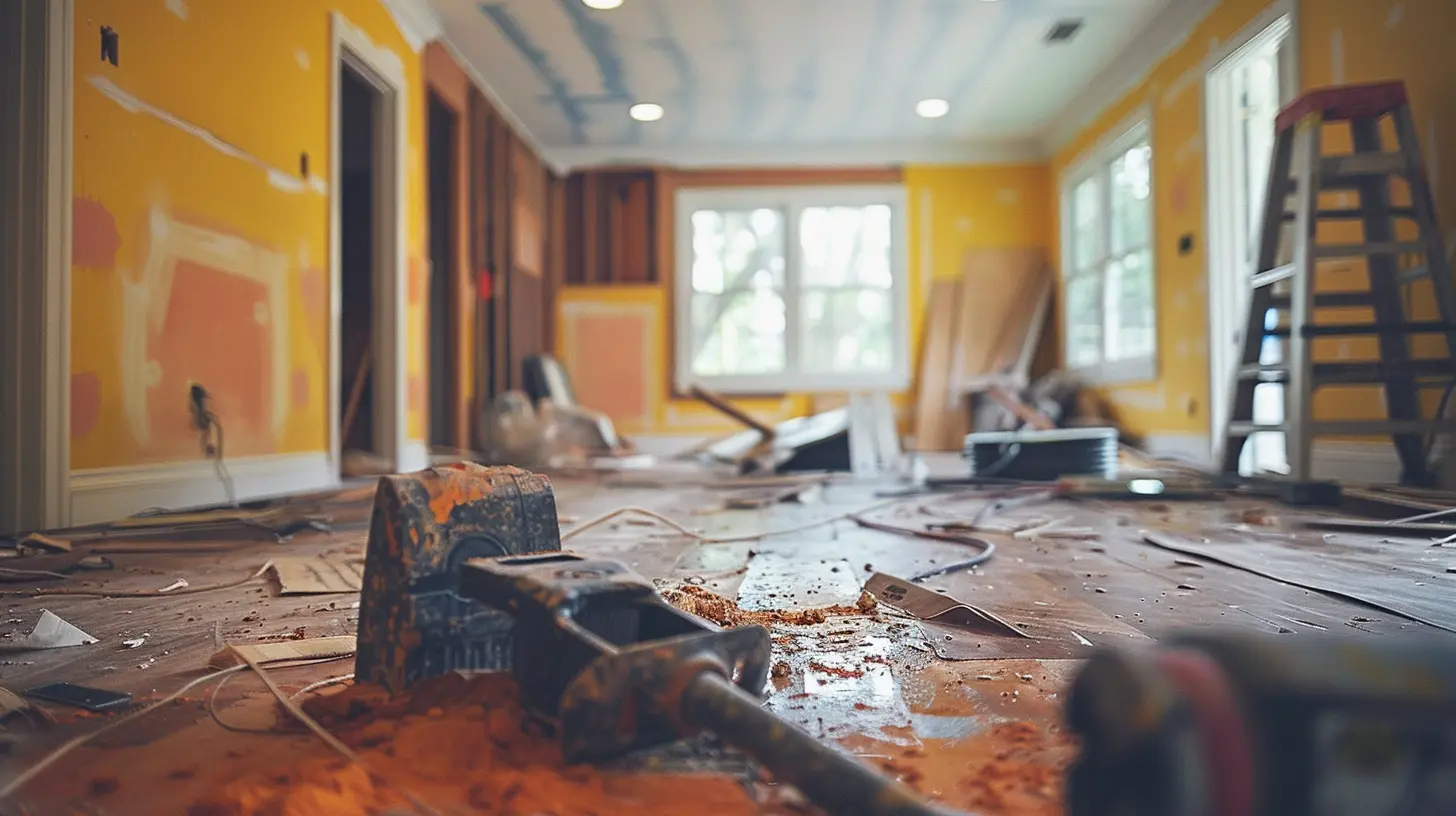
Why Accurate Estimation is Non-Negotiable
First things first, why should you even care about precise renovation estimates? Well, flipping houses is basically a numbers game. You make your money when you buy the property, not when you sell it. That means you need to know exactly how much you’ll spend on the rehab before you even sign that purchase contract. No guesstimating allowed.Your profit boils down to a simple equation:
Profit = ARV (After Repair Value) - [Purchase Price + Renovation Costs + Holding Costs + Selling Costs]
If those renovation costs devour your profit margin, you’re toast. Overlook something like rewiring a house or replacing a rotted subfloor? Ouch. That’s your wallet crying. 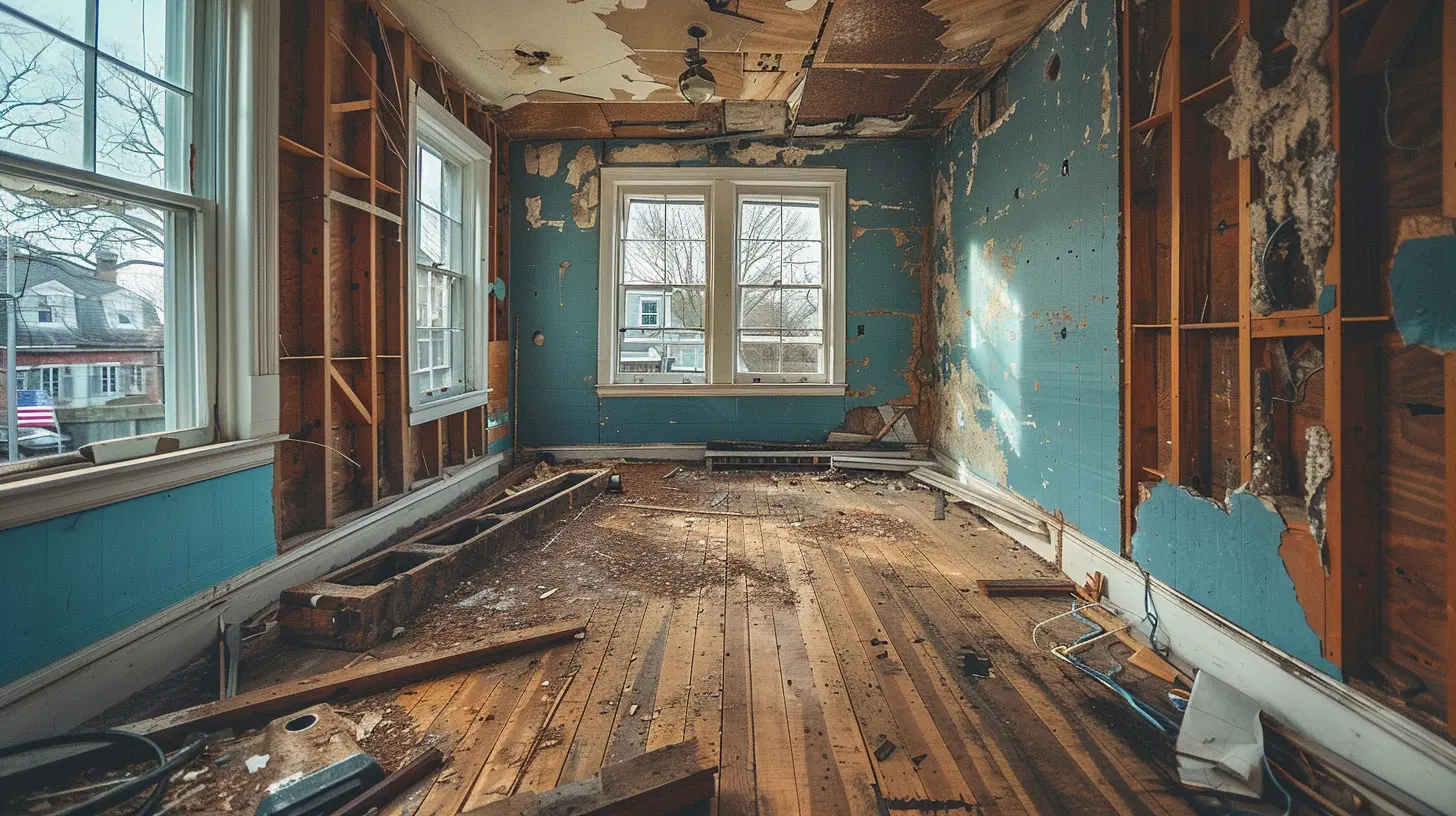
Step 1: Break Down the Scope of Work
Before you even whip out the calculator, grab a notepad (or your favorite app) and start outlining the scope of work. What does this property need to transform it from a “meh” to a “WOW”?Here’s the deal: some houses just need a cosmetic facelift, while others are total fixer-uppers. Walk through the property with a critical eye and note down ALL necessary renovations, big or small.
Typical areas to assess:
- Exterior Work: Roof, gutters, siding, paint, landscaping, foundation issues
- Interior Walls & Ceilings: Drywall repairs, painting, texture
- Flooring: Hardwood refinishing, new carpet, tile replacement
- Kitchen: Cabinets, countertops, appliances, plumbing, backsplash
- Bathrooms: Vanities, showers/tubs, toilets, fixtures, tiles
- Systems: HVAC, electrical, plumbing, insulation
- Miscellaneous: Lighting fixtures, doors, windows
Pro tip? Be ruthless and stick to improvements that add value. You’re not designing your dream home; you’re creating a buyer-friendly property with mass appeal. 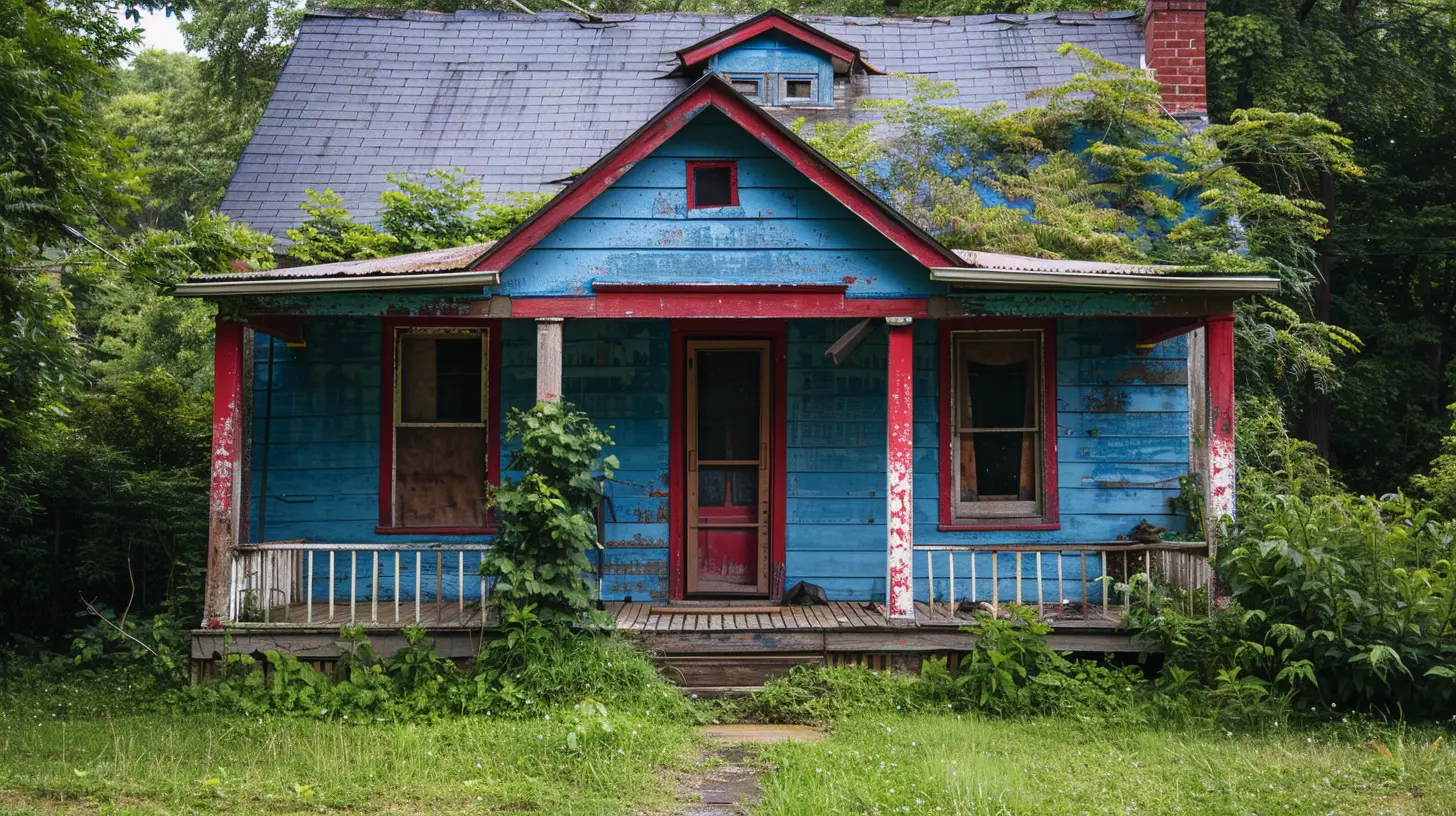
Step 2: Get Real—Categorize the Repairs
Once you’ve got your laundry list of repairs, break them into two major buckets:1. Must-Haves: These are the non-negotiables—safety and code issues like fixing a leaky roof or rewiring bad electrical.
2. Nice-to-Haves: The cosmetic upgrades that could make the property pop, like a fresh coat of paint or staging.
This categorization will help you prioritize your spending. You’re flipping a house, not auditioning for “Design Star,” so focus on the “must-haves” first. 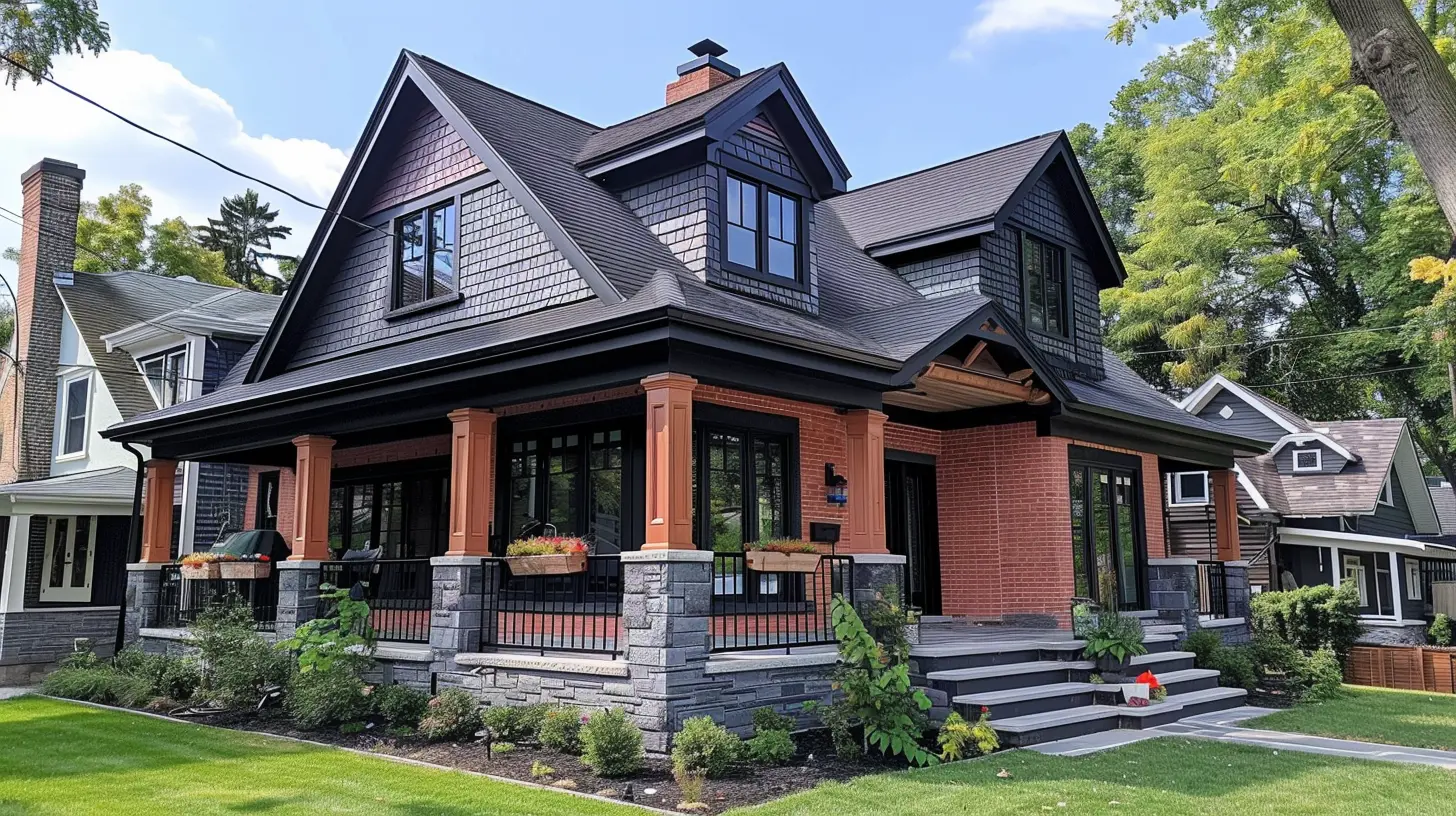
Step 3: Get Professional Estimates
Now, don’t be that person who thinks they can eyeball repair costs after watching a few YouTube tutorials. Sure, you can Google “how much does a new roof cost,” but nothing beats boots-on-the-ground estimates from actual professionals. Call in contractors, electricians, plumbers, or any specialists relevant to your project.A contractor’s estimate typically includes:
- Labor costs
- Materials
- Contingency fees (you know, for those nasty surprises)
If you’re on a tight timeline, get a few quotes for comparison. And remember, the cheapest bid isn’t always the best. You want quality work done fast—no corner-cutting.
Step 4: DIY vs. Hiring Pros
Alright, let’s talk about your DIY skills. Can you realistically handle some of these jobs yourself? Painting walls? Sure, knock yourself out. Installing cabinets or rewiring electrical? Um, maybe not.Sometimes it’s tempting to cut costs by doing everything yourself, but be careful. Time is money, and poor-quality work can sink your flip. Calculate the opportunity cost of your time. Could you be scouting your next deal instead of on your knees installing tile? Only take on DIY tasks if you’re confident you can finish them quickly, correctly, and without breaking a sweat.
Step 5: Add a Contingency Budget
Here’s the thing about home renovations: they never go exactly as planned. Never. There’s always some hidden drama lurking behind the drywall—like an electrical system from the 1950s or a foundation crack that makes you want to cry.That’s why you need to bake in a contingency buffer. A solid rule of thumb? Add about 10-20% of your estimated renovation costs. So if you calculated $30,000 in repairs, tack on an extra $3,000 to $6,000 for unexpected surprises. Trust me, your future self will thank you.
Step 6: Research Material Costs
Not all materials are created equal—or priced equally. For instance, you can splurge on custom quartz countertops or opt for budget-friendly laminate. You can get builder-grade light fixtures that look decent or go all-in on designer chandeliers.Do some homework on material costs. Home improvement stores like Home Depot and Lowe’s are great places to start. And don’t sleep on deals or clearance sales. Just remember: cheap doesn’t always mean cost-effective. If you go too low-quality, you could scare off potential buyers—or end up with more repairs down the line.
Step 7: Calculate Labor Costs
Ah, labor—the real budget buster. Labor costs can vary wildly depending on your location, the project’s complexity, and the contractor you hire. On average, labor makes up 30-50% of your renovation budget.Here’s a rough breakdown of labor costs (but always get specific quotes):
- Painting a room: $300-$800
- Replacing a roof: $5,000-$10,000
- Installing new cabinets: $3,000-$5,000
- Rewiring electrical: $2,000-$4,000
Always be clear with contractors about what’s included in their bid. Some might not include materials or permits, so double-check to avoid surprises.
Step 8: Factor in Holding Costs
Quick reminder: once you buy the property, the clock starts ticking. You’re paying for utilities, property taxes, insurance, and mortgage interest while you renovate.These costs—called holding costs—can sneak up on you if your timeline drags out. Let’s say your holding costs are $2,000/month, and your renovation takes six months instead of the projected three. That’s an extra $6,000 tacked onto your budget.
Plan for these expenses upfront and have a realistic timeline in mind. Hiccups happen, so build in some wiggle room.
Step 9: Use a Renovation Cost Calculator
If math isn’t your thing (no judgment), there are plenty of online tools to simplify this process. Renovation cost calculators can give you ballpark estimates based on the size of your project, your location, and the scope of work.Just search for ones tailored to flippers—they’re designed with profit margins in mind. But remember, calculators are just a starting point. Always cross-reference their results with actual contractor quotes.
Step 10: Test Your Numbers Against the 70% Rule
Last but not least, check your math against the 70% Rule. This rule is a flipper’s best friend. It says you should pay no more than 70% of the After Repair Value (ARV) minus estimated repair costs.For example:
- ARV: $250,000
- Estimated repairs: $40,000
- Max purchase price: $250,000 x 0.7 - $40,000 = $135,000
If the numbers don’t work, don’t force the deal. Walk away. There’s always another flip waiting for you.
Final Thoughts
Estimating renovation costs is part art, part science, and 100% critical to your flipping success. By breaking down projects, getting solid estimates, and padding your budget for the unexpected, you’ll avoid costly surprises and maximize your profit potential.Remember, the key to a successful flip isn’t just picking the right house—it’s nailing the budget. So sharpen that pencil, crunch those numbers, and get ready to flip like a pro.
all images in this post were generated using AI tools
Category:
House FlippingAuthor:

Kingston Estes
Discussion
rate this article
1 comments
Brandon McNab
Budgeting for flips: it's like a game of Monopoly—without the fake money!
August 30, 2025 at 11:44 AM

Kingston Estes
Absolutely! Just like Monopoly, careful planning and strategic budgeting are key to winning at house flipping.
